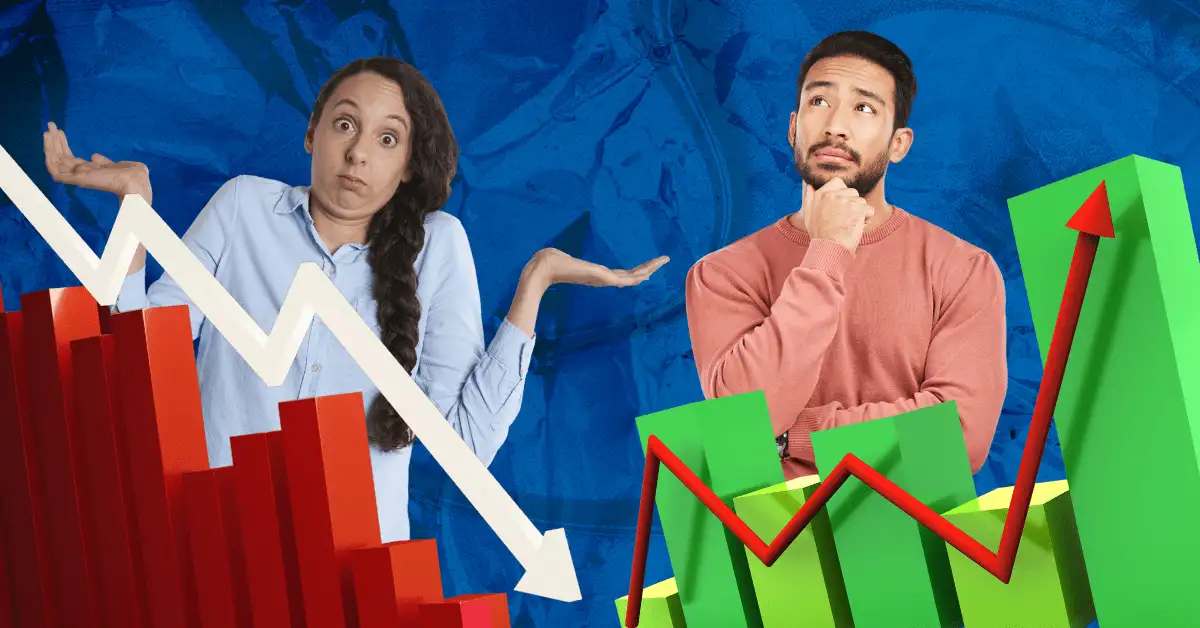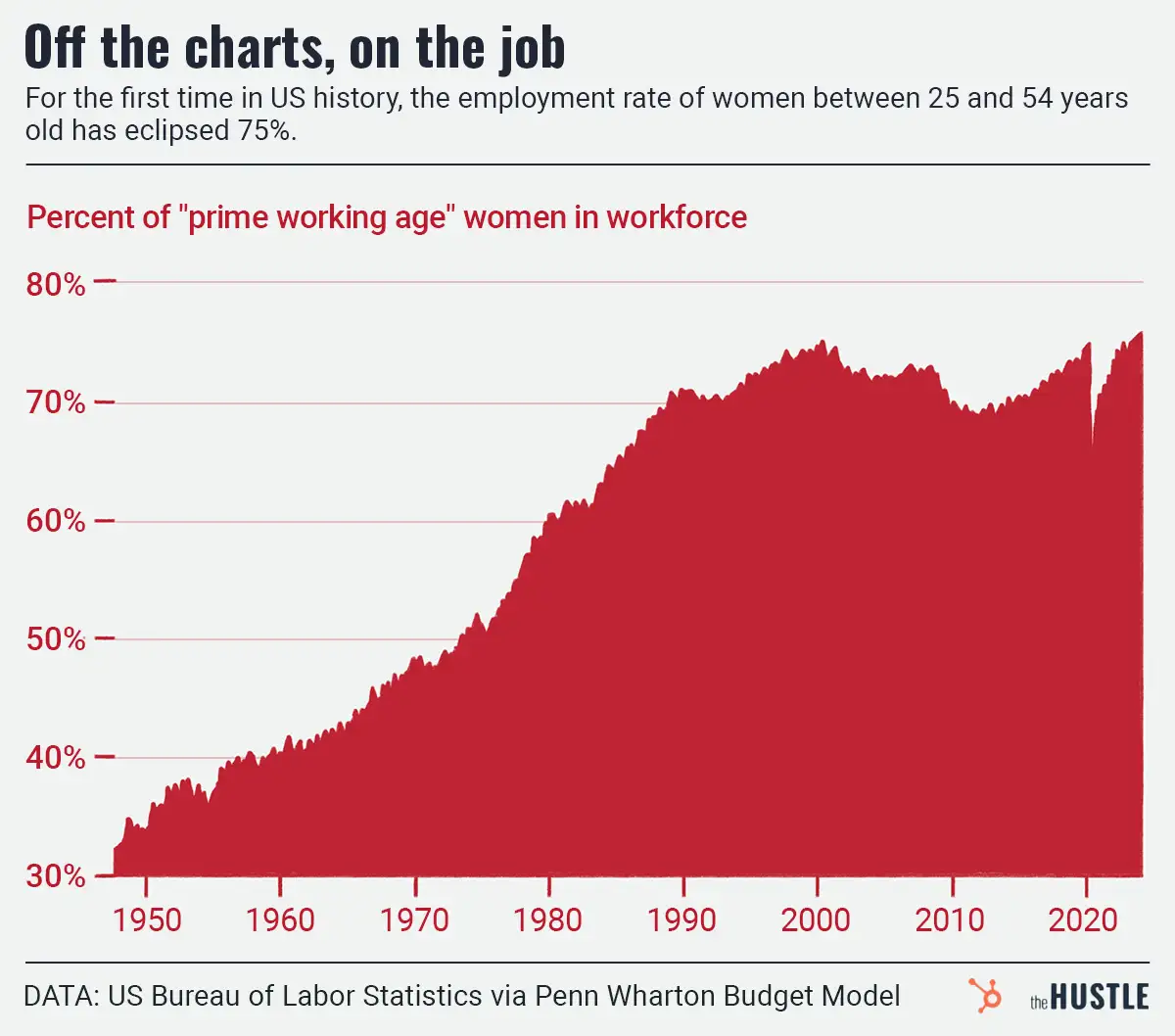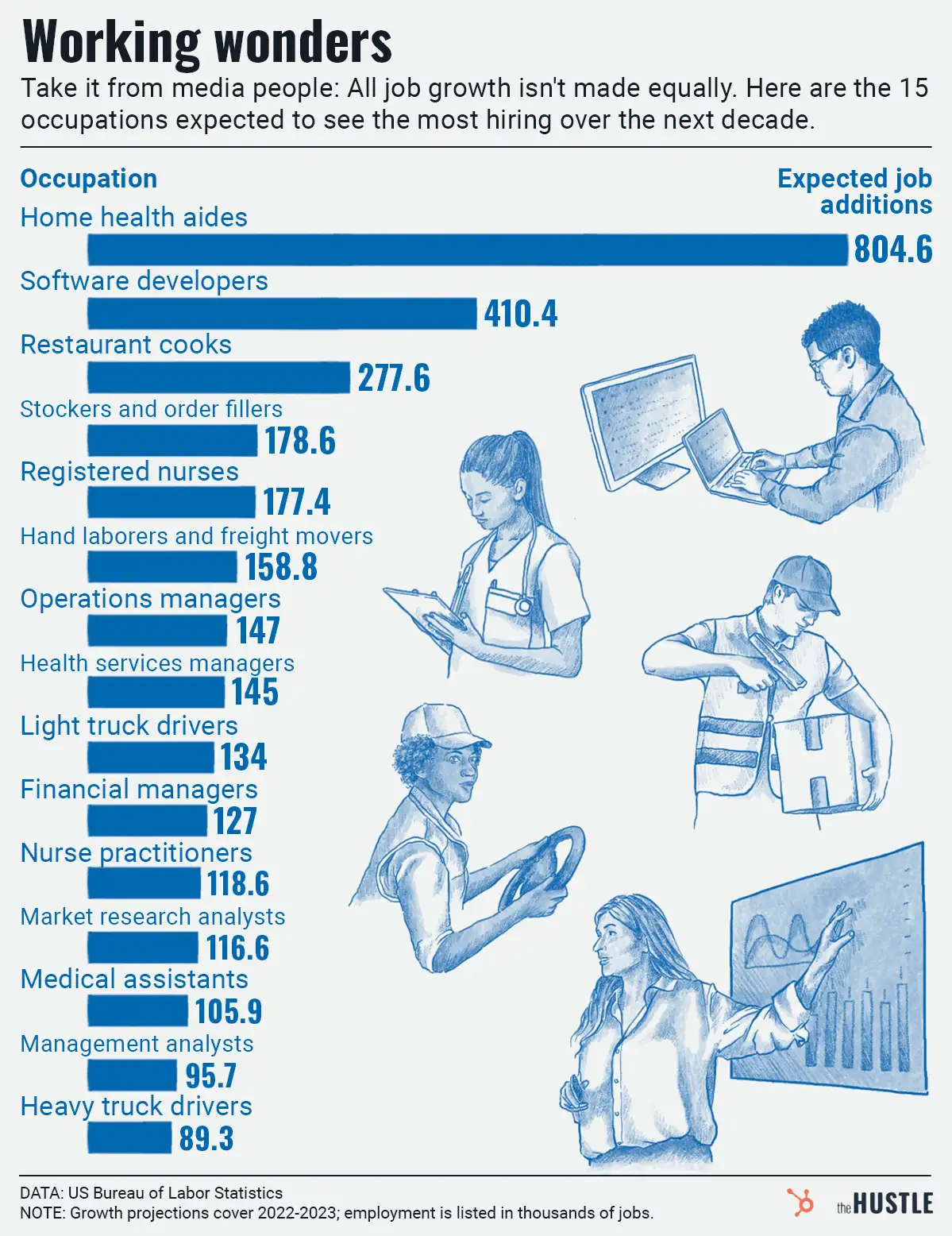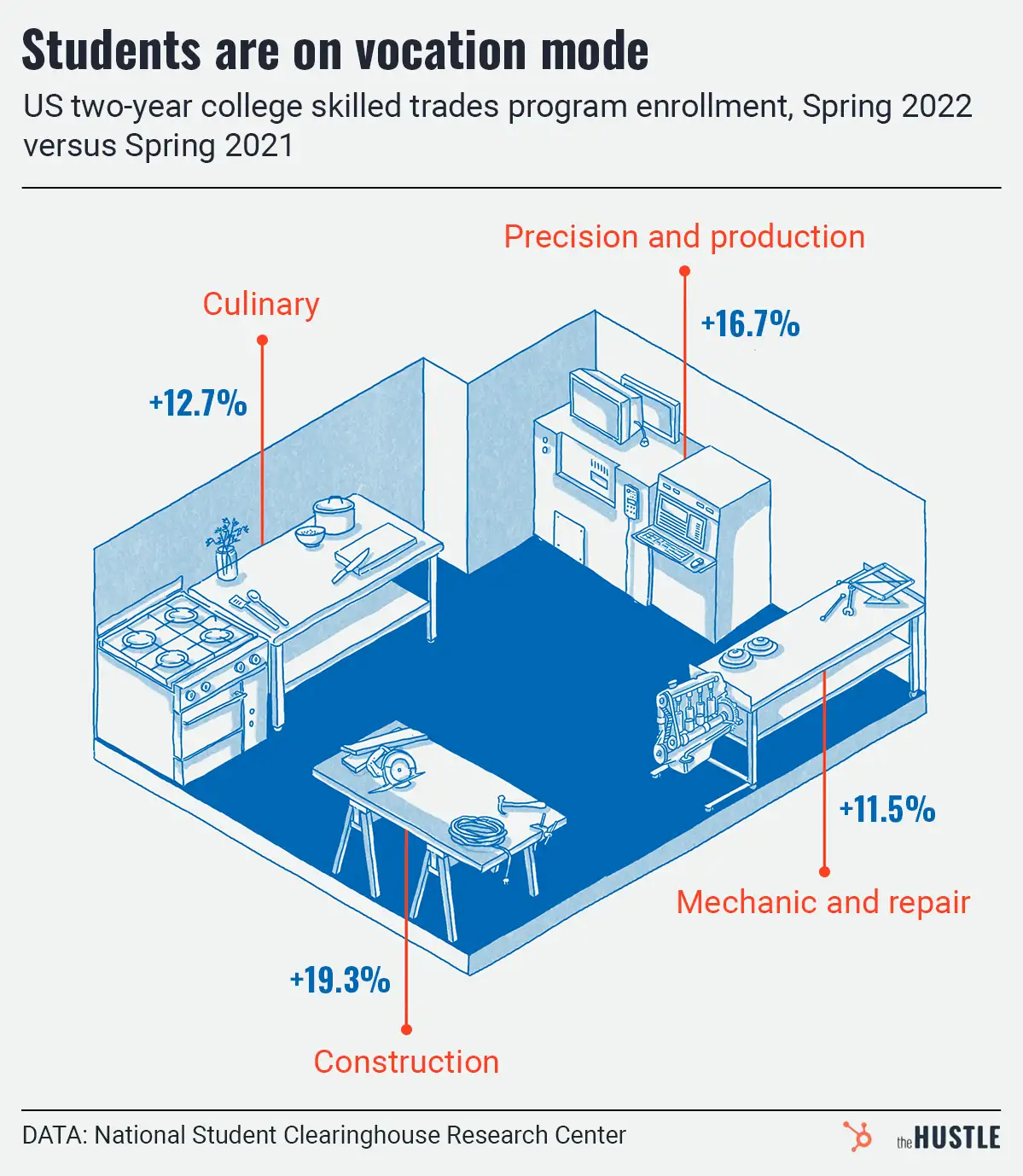Here I was, just getting used to being a SINK — single-income, no kids — and now we’ve got NEETs: not in employment, education, or training.

NEETs account for ~16% of Americans ages 18-24, according to the Federal Reserve Bank of St. Louis, which refers to them as “disconnected youth.”
This is compared to 11.2% of US youth ages 15-24 who were considered NEETs in 2023, per CNBC.
What’s wrong?
For this segment of the population, there are several barriers impacting their ability to find or access work or learning opportunities.
They have:
- Weak job networks
- Children, but no access to child care
- A disability that isn’t accommodated
- No transportation
Disconnected youth are more likely to live in rural areas, come from families with annual incomes below $50k, or be of color. Nearly 70% of disconnected youth have no more than a high school diploma, and are not qualified for certain jobs.
At the same time, jobs that men typically seek out — construction, manufacturing, etc. — are on the decline, and even jobseekers with higher qualifications are struggling as companies hold onto existing talent and hire fewer people.
It’s not just the US
Youth unemployment in Canada hit 13.5% in June, its highest level since 2014, not counting the pandemic.
Prime Minister Justin Trudeau vowed on Monday to reduce the number of low-wage, foreign temp workers, writing, “Now is the time for our businesses to invest in Canadian workers and youth,” via a post on X.
In China, youth employment reached its 2024 high of 17.1% in July, as college grads struggle to find jobs, forcing many to return home and rely on their parents.
Similar problems are spiraling in Africa and South Korea.
What can be done?
A talent acquisition expert who spoke with CNBC suggested jobseekers try networking more aggressively and remain open to lower positions that may pay off in the future. So, yeah, kinda depressing.
Plus, there’s not much that youth — both in the US and abroad — can do about the economy, inflation, skyrocketing housing costs, or infrastructure that doesn’t serve them. Those are issues society’s older leaders will have to tackle.
Economy











